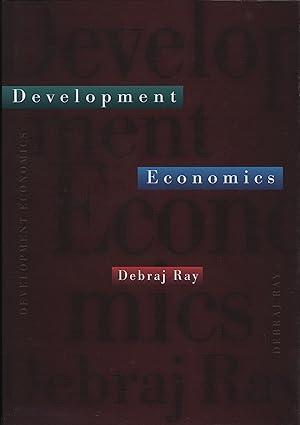SelfHelp is a newly formed credit cooperative which receives partial financing from government banks. Members of SelfHelp
Question:
SelfHelp is a newly formed credit cooperative which receives partial financing from government banks. Members of SelfHelp can deposit savings with the cooperative and they can also turn to SelfHelp for a loan if they need one. If a borrower defaults on a SelfHelp loan he is punished (which is equivalent to a loss of monetary value F) and excluded from future dealings with SelfHelp.The value (to the borrower) of these future dealings is some number S. However, there is no telling whether SelfHelp will survive in the future; denote the probability of survival by p.
(a) If each member is risk-neutral, what is the expected value of dealing with SelfHelp in the future?
(b) If a member has an outstanding loan of L and needs to repay it (along with interest at the rate r), write down the value of his net gain from default.
(c) Now suppose that the probability of SelfHelp’s survival depends on the percentage of borrowers who repay as well as the quantum of government assistance should a high rate of default occur. Draw a graph with the repayment rate on one axis and the survival probability on the other and show how this graph shifts with the amount of government assistance.
(d) Use parts (b) and (c) to show that in general there can be two outcomes or equilibria for the same parameters:
(i) There is no (voluntary or strategic) default and SelfHelp survives with little or no government assistance or
(ii) There are high rates of default and SelfHelp survives with low probability despite government assistance.
(e) Show that a credible promise by the government to bail out SelfHelp in times of trouble can lead to a unique equilibrium in which all borrowers repay, and little government assistance is actually required [scenario (i) in part (d)].
(f) Using part (b), show how the survival probability of SelfHelp can affect the size of the loans it can make to borrowers.
Step by Step Answer:






